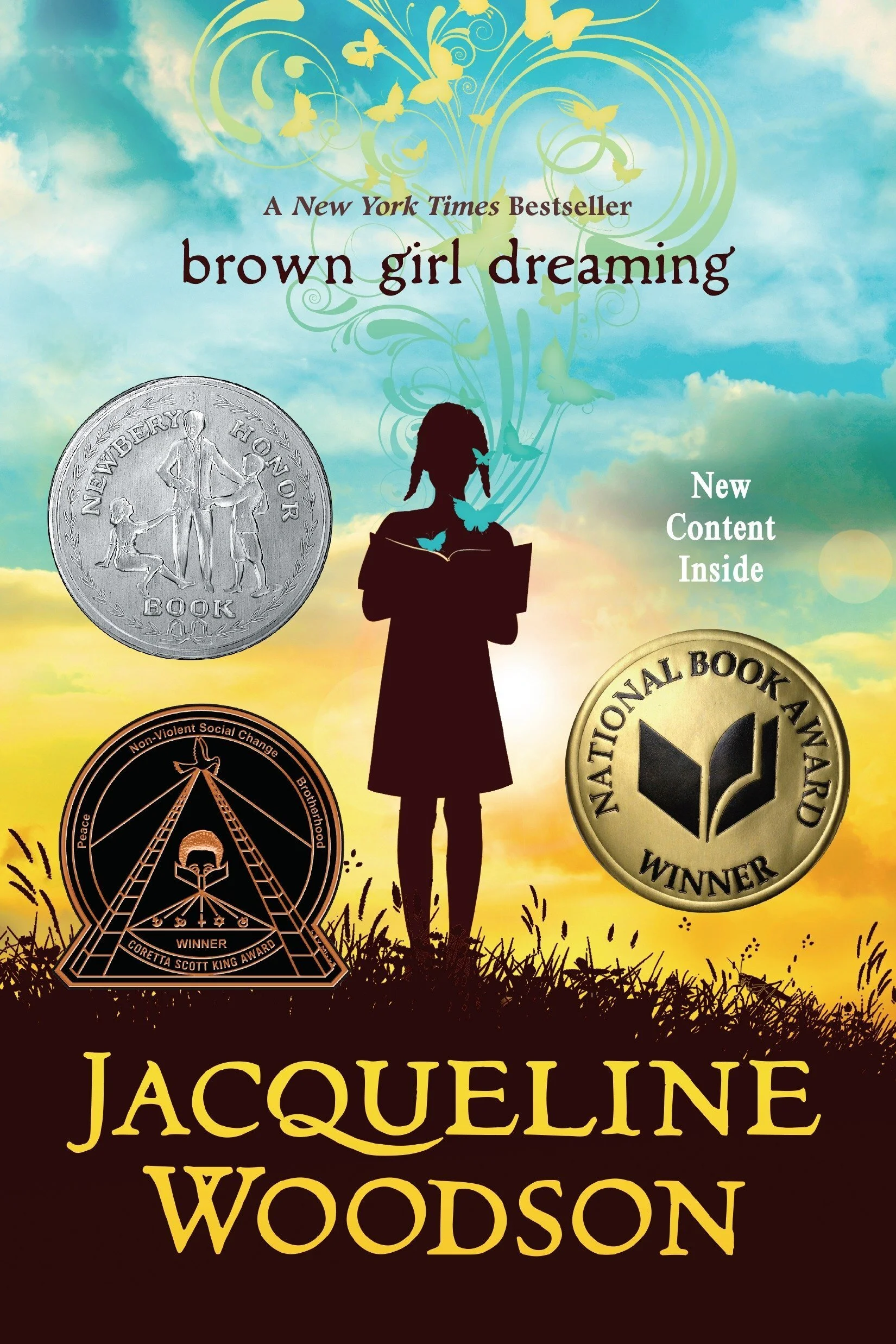A R C H I T E C T U R E
Does Validation Exist When It Comes to ‘Copycat’ Architecture?
In order to promote local design, China is prohibiting the future construction of any ‘copycat’ architecture. Most have found these replicas to be off-putting making the new limitations primarily well received. Although the news poses questions. Is there a point in these buildings? If it’s simply rooted in humor like the Paris Texas Eiffle Tower, does intent make a difference? Additionally, I’ll note that China has also formed restrictions on what they call ‘weird’ structures too, which is probably a whole other subject.
A R T
Returning to Normal Versus Starting Anew
I found an interesting article in defense of changing the way museums operate post-COVID-19. The piece is published on Dezeen titled, “Rather than attempt to reconcile museums' contradictions, we should start again” written by Owen Hopkins. Dualities are presented like, “The homogenising effect of social media means museums risk losing much of what vitally distinguishes the experience of a visiting a museum” and “Museums should use the present moment to rethink the fundamental relationship between object and viewer”. On one hand, museums as Hopkins mentions are, “sacred spaces existing outside of time, connecting the past to the future of human existence.” Yet, there’s enraging inequality of representation. Is it possible that the only way to ensure inclusivity is to take away the museum’s physicality, to exist online? Or maybe, it’s a propelling start?
While we consider how the future of experiencing museums will evolve we can reference their actions taken presently. SFMoMA has decided to commission six creative collectives to occupy their website's homepage as part of their Community in Residence series. Each collective has one-week to respond to the prompt: What does it mean for artists to work collaboratively in the time of social distancing? The medium of this tenancy is called a digital mural, where links to resources, materials, and activities relative to their practice can be found. You can tune for weekly broadcasts Thursdays at 6 pm PDT and also find sources on SFMoMA's YouTube. SFMOMA’s YouTube channel serves for great content, generally speaking, I advise delving into their videos.
D E S I G N
How Creative Thinking Shapes Society
I’ve included some interesting inventions and solutions in consideration of our current climate. Factorydesign is a UK based aviation consultancy. They’ve envisioned inclusion of Isolation Screen Kits for future passengers. Domino Park’s staff took it amoung themselves to paint 30 symetrical 8ft circles to encourage social distancing. In an interview with Deezen they explained the process took a few bottles of 99¢ chalk paint and a couple of hours. The park sits in Williamsburg, Brooklyn.
F A S H I O N
Indigenous Artists and Sustainability
There are companies that have focused on sustainability at their core, the efforts made by the fashion industry to become more sustainable are rooted in consumerist wants and needs. An important perspective that we do not see enough of, is that of Indigenous people. The article 15 Indigenous Designers on What Sustainable Fashion Is Missing published by Vogue written by Christian Allaire showcases interesting points made by Indigenous artists. Via this article, I found amazing pieces from the small business that I urge you to check out as well.
“After a career of designing fast fashion clothing destined for landfills, I arrived at a place of creating with consciousness. I have long believed in sustainable design processes—handmade, restored and repurposed vintage, one-of-a-kind upcycling of textiles. Orenda Tribe is built on these tenets and fueled by my desire to honor my indigenous history, to protect our sacred lands, and a drive to help others. ”
A commonality between the interviewee’s statements is that one of the most impactful things you can do as a shopper is to make more thoughtful and less frequent purchases. So, I am also featuring an article by Man Repeller founder Leandra M. Cohen titled Hold that Cardigan! A List of Questions to Ask Yourself Before You Shop. It’s obvious we’re all online shopping and browsing more than ever but, it’s more important to not be impulsive. Some of the questions listed on the Man Repeller article are:
Do I already own something that serves the same purpose?
Is this one so much better, that I would feel compelled to donate three things in its place?
What do I have to give up to get it?
Can I afford it?
If it were more expensive would I still try to figure out how to buy it?
L I T E R A T U R E
Some of the books I’m naming below are novels, memoirs, essays, or poems but all uniquely portray the topic of racial injustices against Black Americans. You’ll notice each link provided takes you to a source to read the author’s biography, a summary of the book, and to make a purchase. If you decide to purchase any of these books consider the links I’ve provided or a local bookstore. It’s important to use these sources as a powerful tool in prohibiting systemic racism in America, there is productive action to take alongside our reading lists.
Between The World And Me by Ta-Nehisi Coates
Brown Girl Dreaming by Jacqueline Woodson
Citizen: An American Lyric by Claudia Rankine
How To Be An Antiracist by Ibram X. Kendi
How We Fight for Our Lives by Saeed Jones
Notes from a Young Black Chef by Kwame Onwuachi
White Fragility: Why It's So Hard For White People To Talk About Racism by Robin DiAngelo
Sister Outsider by Audre Lorde
Survival Math: Notes on an All-American Family by Mitchell S. Jackson
The Autobiography Of Malcolm X by Malcolm X as told to Alex Haley
The Condemnation Of Blackness: Race, Crime And The Making Of Modern Urban America by Khalil Gibran Muhammad
The History Of White People by Nell Irvin Painter
The New Jim Crow: Mass Incarceration In The Age Of Colorblindness by Michelle Alexander
















